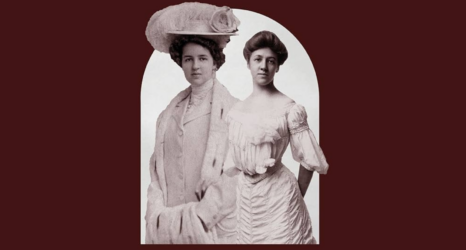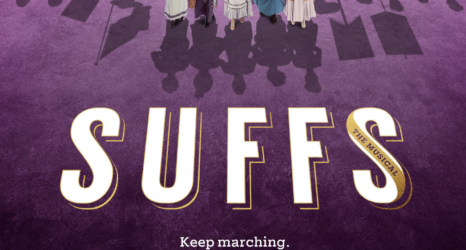March 24, 1919: With a suffrage victory seeming imminent, the National American Woman Suffrage Association’s Golden Jubilee tonight looked forward rather than back. While honoring its founders for their pioneering work 50 years ago, most of the day’s attention was happily focused on what to do after national woman suffrage is finally achieved.
The most controversial idea was suggested by NAWSA president Carrie Chapman Catt. She envisions her group being succeeded by a kind of alliance or “league” of women voters–a non-partisan organization in which former suffragists will band together to bring about legislation that will better the nation. She outlined three priorities for her proposed group:
- First, finish the job of enfranchising women here in the U.S., then to aid the women of other countries in their struggle for suffrage.
- Second, to remove all remaining traces of bias against women in the legal codes.
- Third, to stabilize democracy in our country, and “to make our democracy so safe that every citizen may feel secure, and great men will acknowledge the worthiness of the American Republic to lead.”
A New York City paper reported that what Catt was actually planning was the formation of a new woman’s political party to help women run for office, something already done by the rival National Woman’s Party. A secret session was held with senior officers at which Catt is reported to have strongly denied this allegation. At the end of the session, it was decided to go ahead with plans for the new organization to succeed NAWSA.
Epilogue: On February 14, 1920, the 100th anniversary of Susan B. Anthony’s birth, in the midst of the campaign to get the 19th Amendment ratified by the state legislatures, The League of Women Voters was officially launched. As intended, The League of Women Voters provided a permanent, nonpartisan organization that members of NAWSA could transition to when the fight for the vote in the U.S. was won on August 26, 1920.
It’s still quite active today, and consists of both men and women in over 900 local and state chapters. Its mission statement says:
The League of Women Voters, a nonpartisan political organization, encourages informed and active participation in government, works to increase understanding of major public policy issues, and influences public policy through education and advocacy.
Though it does not endorse candidates, it does vigorously support issues and can mobilize its powerful grassroots lobby when necessary. Among its top current priorities are public financing of elections, voting rights for residents of the District of Columbia, voter registration, global climate change and defending President Obama’s Patient Protection and Affordable Health Care Act of 2010.
Photo of Carrie Chapman Catt from Wikimedia Commons.





